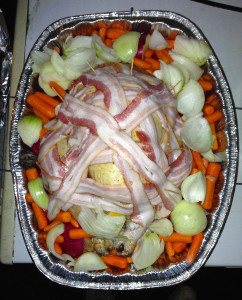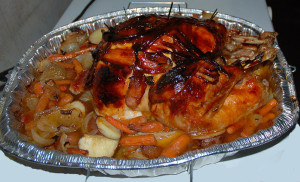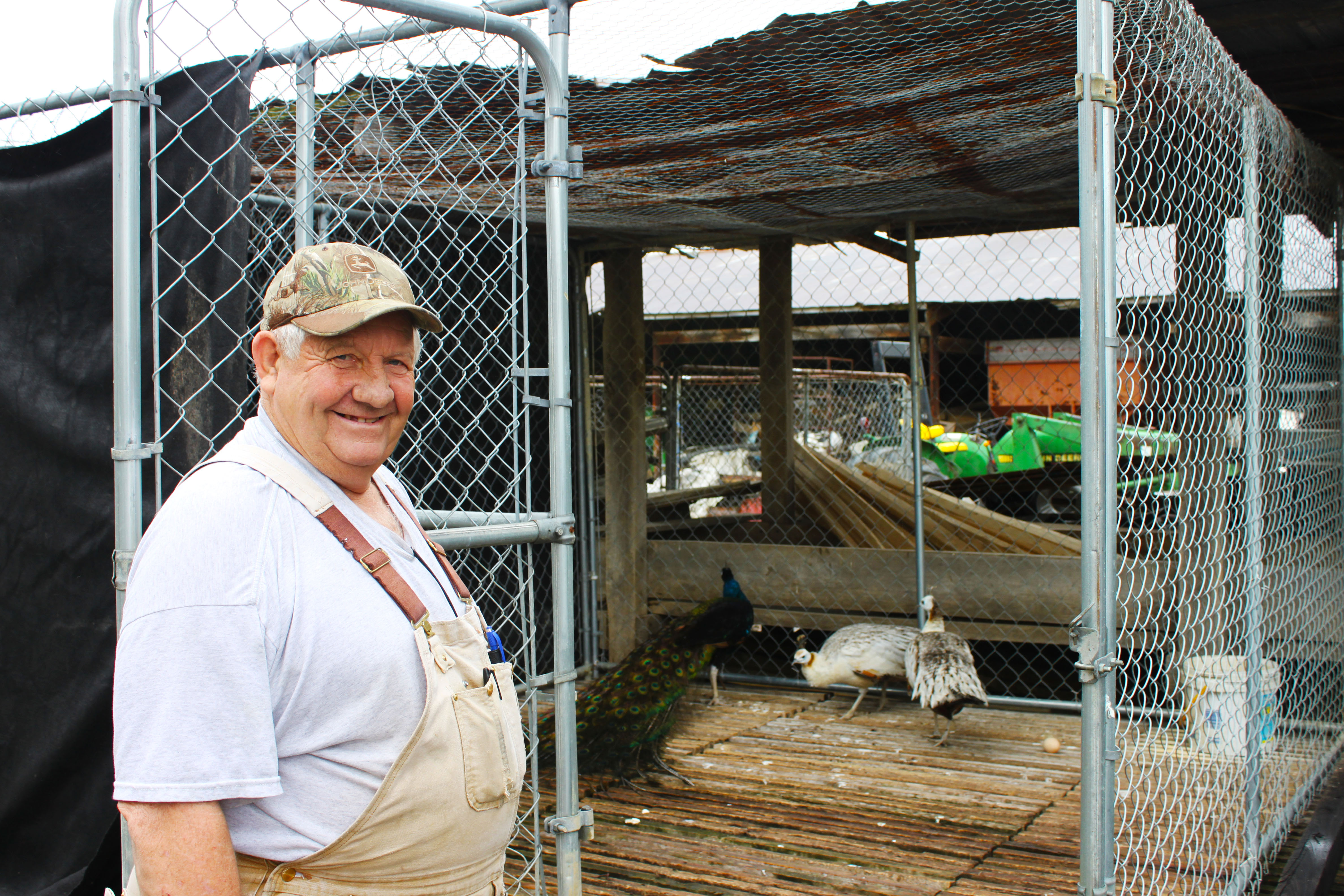By Chris Erwin
Harvesting a wild turkey in Kentucky has become a very doable thing in the last eight to 10 years. However, I can remember in the not so distant past when the chances of killing a wild turkey in Kentucky was about as good as killing a mythical dragon with the legendary Excalibur wheeled by King Arthur himself.
In a news release last year, Steven Dobey, wild turkey program coordinator for the Kentucky Department of Fish and Wildlife Resources, said. “Our flock is stable, with a population estimate of about 250,000 birds. Geographically, Kentucky is in a great location. We have relatively mild winters, a long growing season and a fairly dry early summer, all of which benefit turkeys.”
If this happens to be your first wild turkey, let me say this: This is not your blubber fat overgrown farm raised butterball turkey and if you fix it the same way you fix your store bought bird, it’s not going to taste the same. Sorry, that’s just a fact. You may as well learn now wild game requires a little more work to enhance your prize.
Preparing and field dressing your bird
Turkey hunters tend to field dress birds a few different ways. One is to pluck them. This is the most common way and leaves the bird with the most options to cook. Another way is to skin the bird. Some hunters will elect to filet the bird, removing only the breast meat. This is probably the most wasteful. However, it has become popular.

There is no wrong way to field dress the bird as long as you get it chilled down quickly. I tend to pluck the turkey. In the field, I will open the body cavity and remove the entrails, and if it is cold outside I will then hang the bird by one foot. This opens the body cavity and lets the bird cool down.
Plucking the turkey is done much the same way as a chicken. I remove the wings at the second joint. I remove the feet at the knee joint, just where the bird begins to feather. I heat up a big pot of boiling water and then submerge the bird breast first for about 3 minutes. Turn off the heat and remove the bird and pluck it against the grain. Remove all feathers and any quills that remain in the skin.
My next step if I plan to roast the bird is to brine the bird. You can do this to any bird but I have found it will remove much of the game flavor. My family prefers it over any other way to fix a wild turkey. This brine process keeps the bird moist while cooking.
Please note, you must use canning salt to do this. If you use table salt it will be way too salty.
This requires a large pot. I put a large plastic bag down in the pot and add two gallons of water, 1 1/2 cups canning salt, 3 tablespoons minced garlic, 1 tablespoon ground black pepper1/4 cup Worcestershire sauce, 1/3 cup brown sugar. Store in a refrigerator and soak the turkey for two days. If the bird is too large, I put it in an ice chest and add ice around it. The bag holding the bird should be sealed so the water from the ice won’t make it to the brine.

After 48 hours, remove the bird and wash it in fresh water. After removing all the salt from the skin, pat the bird dry. You are now ready to roast your bird.
I place the bird on a roasting pan and add the following: Two large apples, quartered, (placed in the bird) 6 to 8 medium red potatoes, quartered; 2-pounds baby carrots, two medium onions, sliced; and two cups water. Pin four to eight slices of smoked bacon on the bird. Preheat the oven to 325.
Once the bird has baked enough to be near done, remove lid or foil and mix the following and use as a basting liquid. 1-1/2 teaspoons seasoned salt, 1 teaspoon pepper, 1/2 cup maple syrup(not corn syrup), 1/4 cup French salad dressing, 1/4 cup barbecue sauce, two tablespoons ketchup, two tablespoons steak sauce, one tablespoon lemon juice. Baste until done.




Be the first to comment